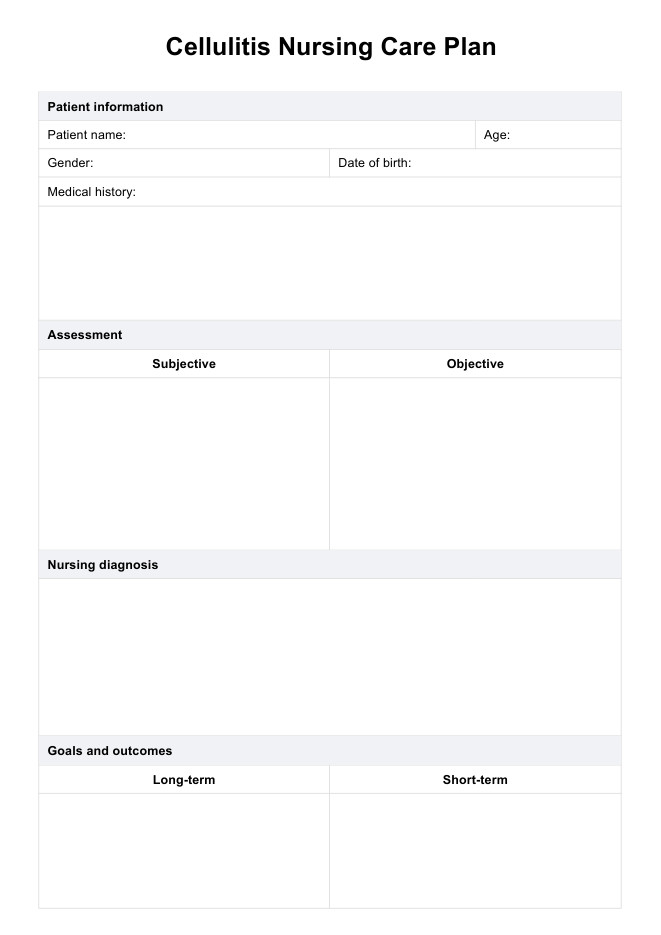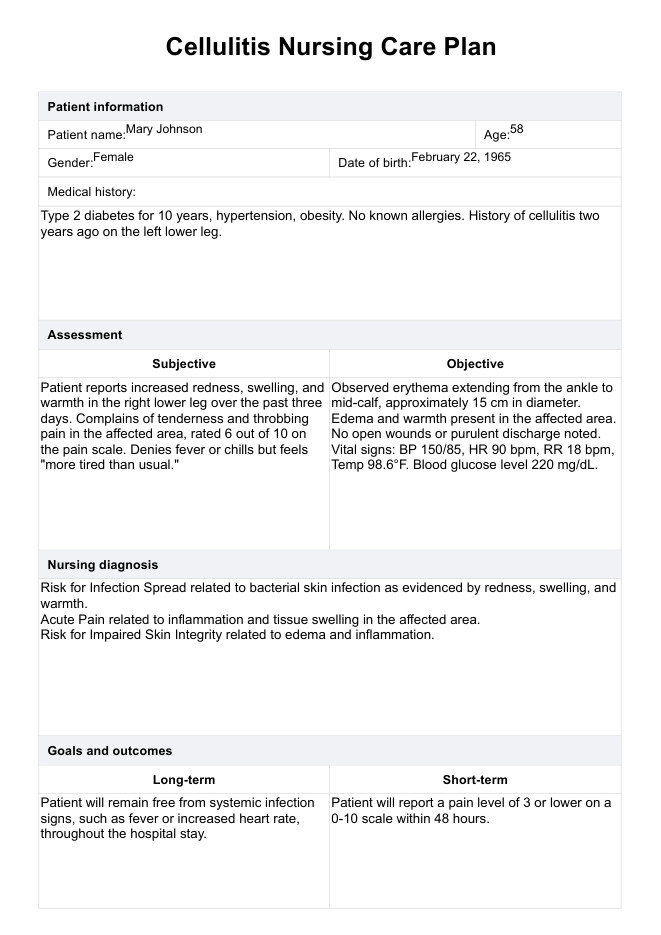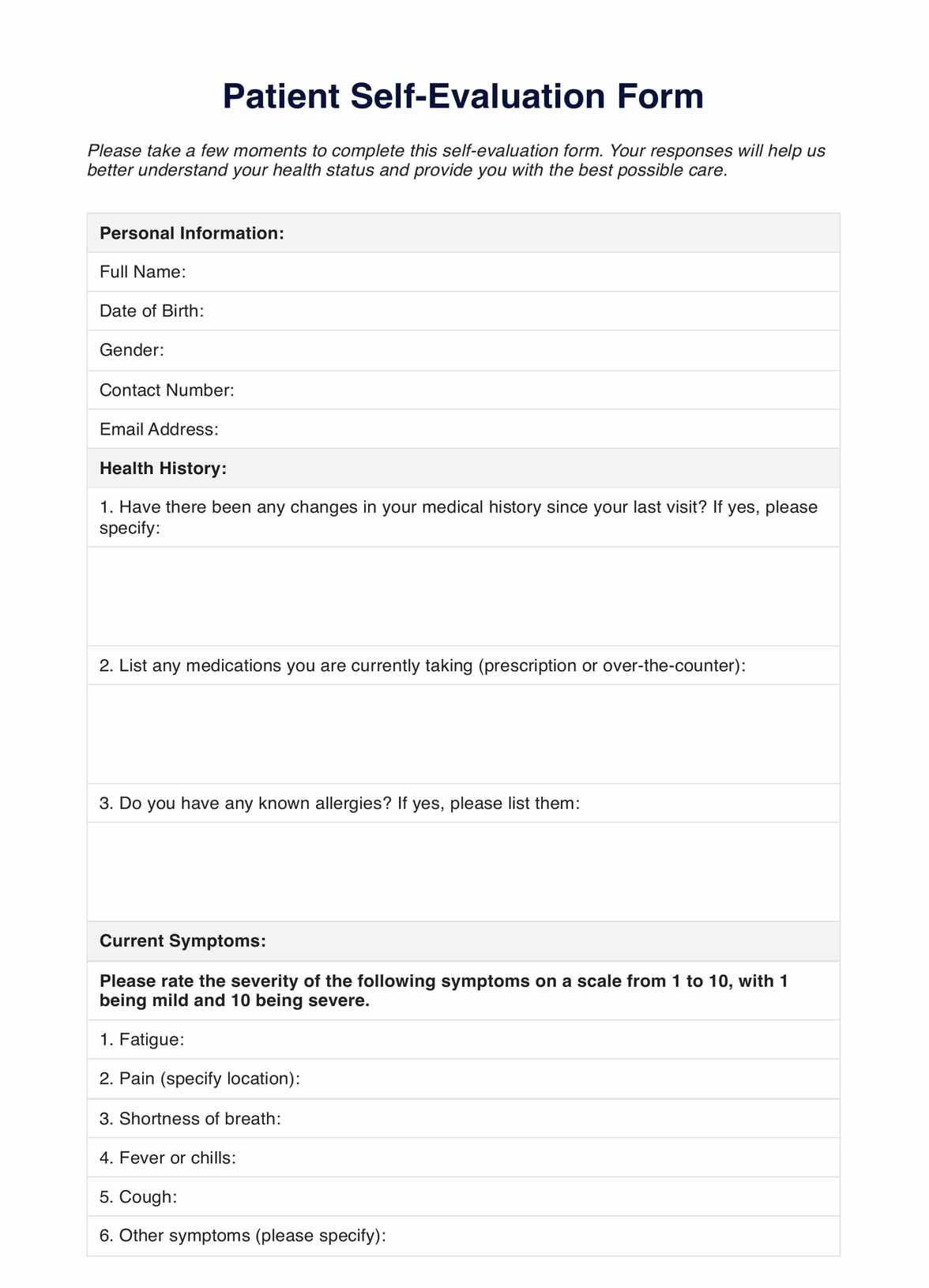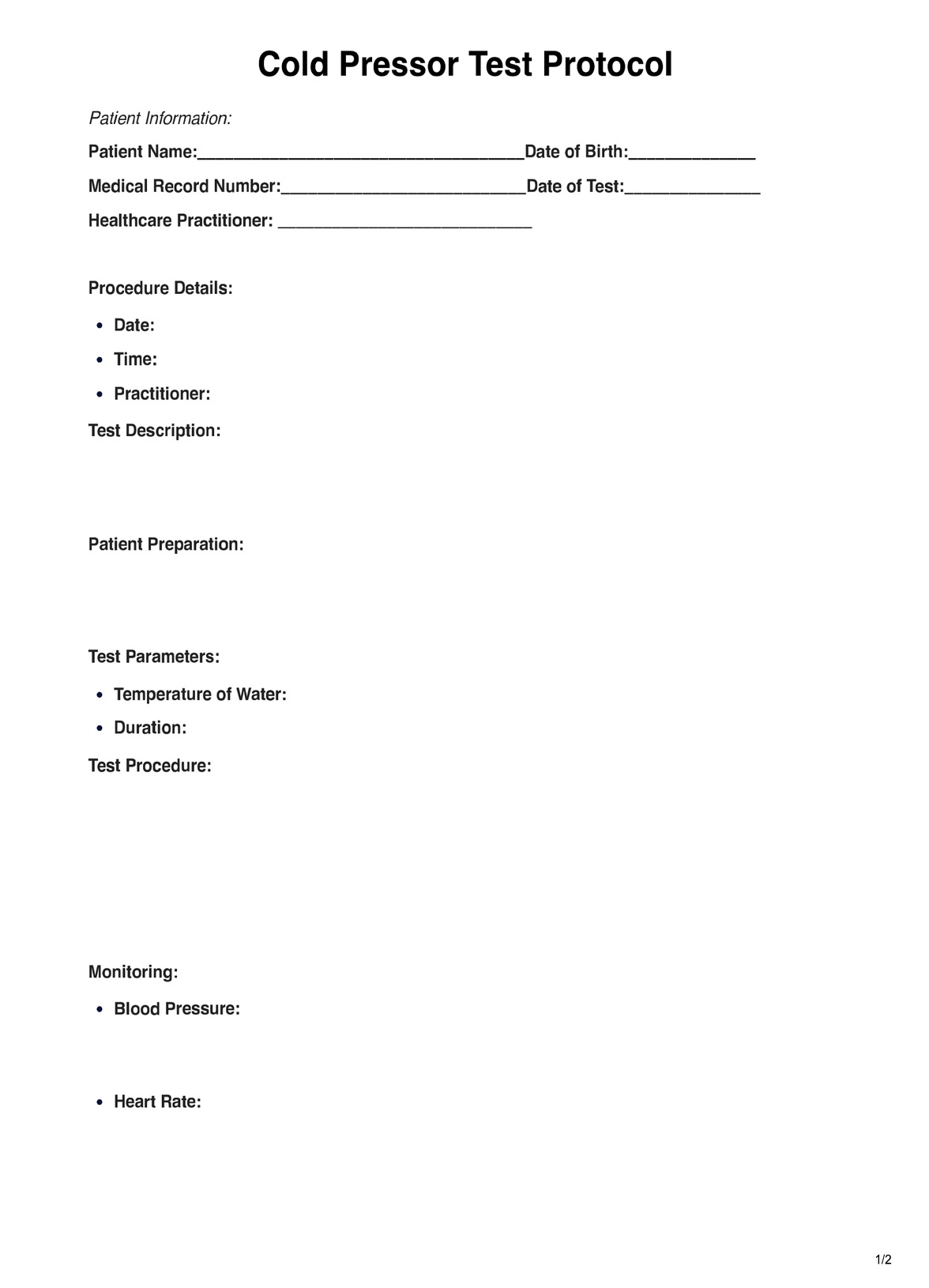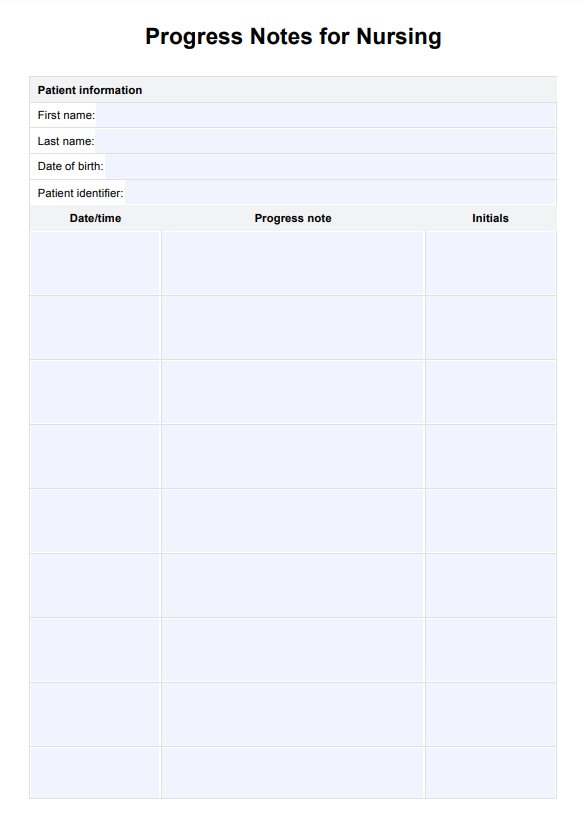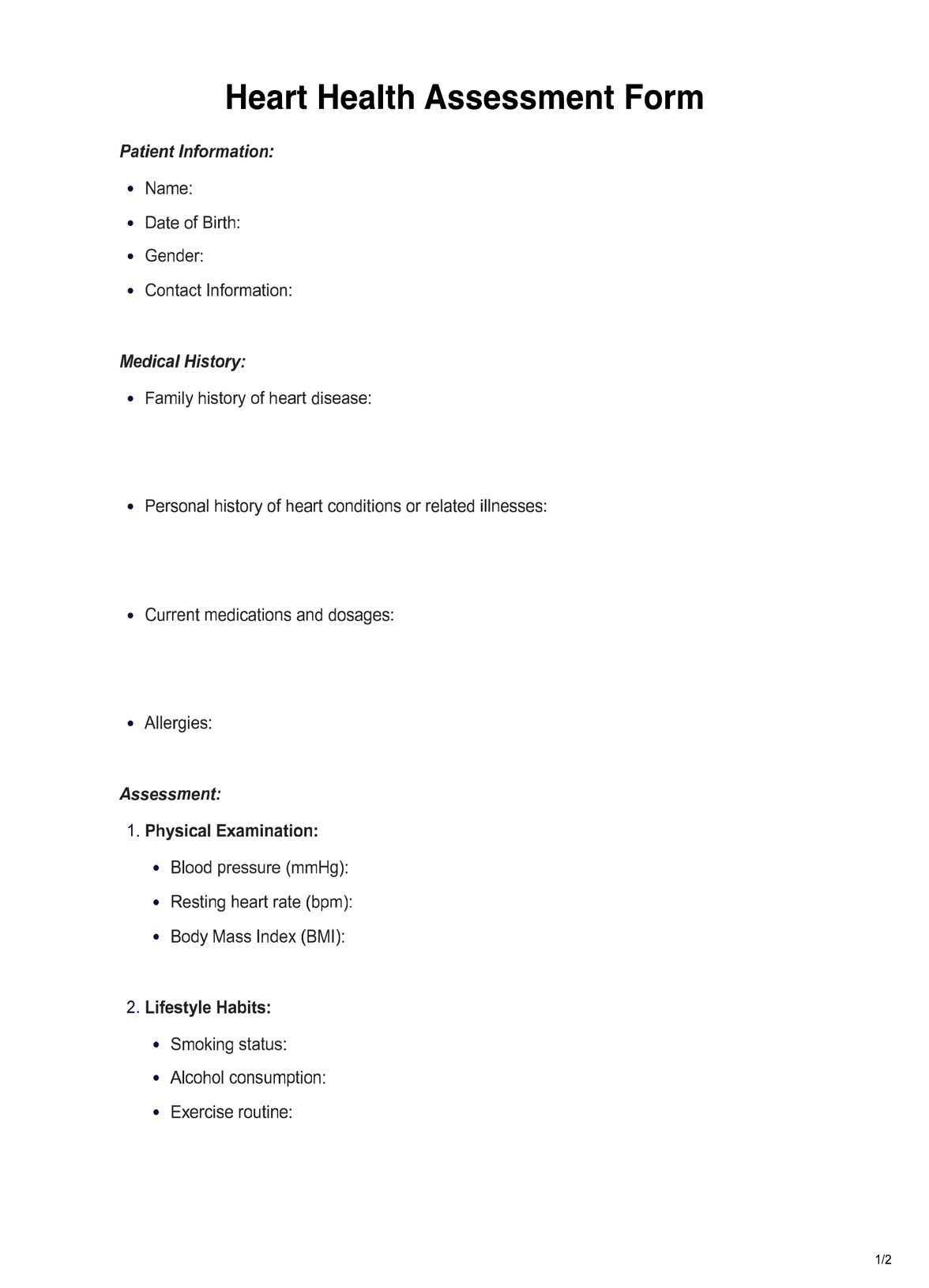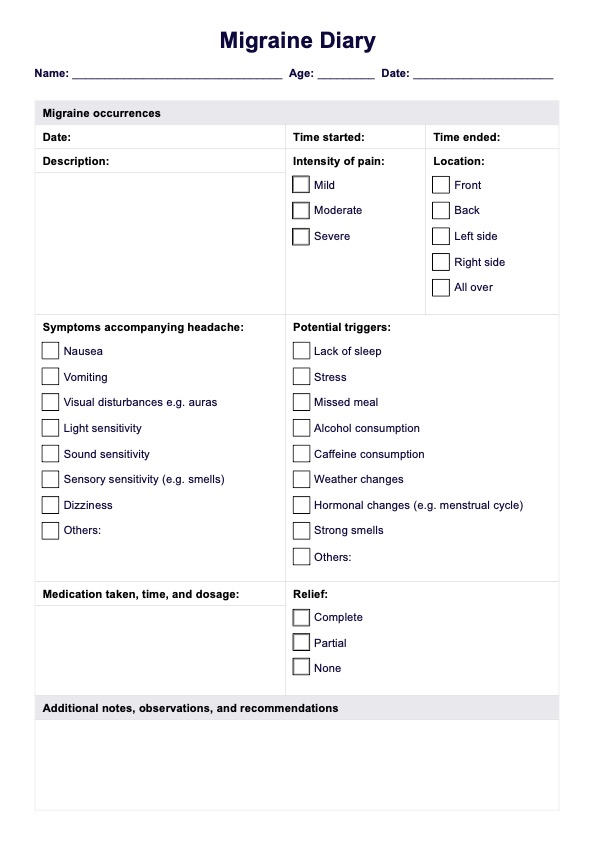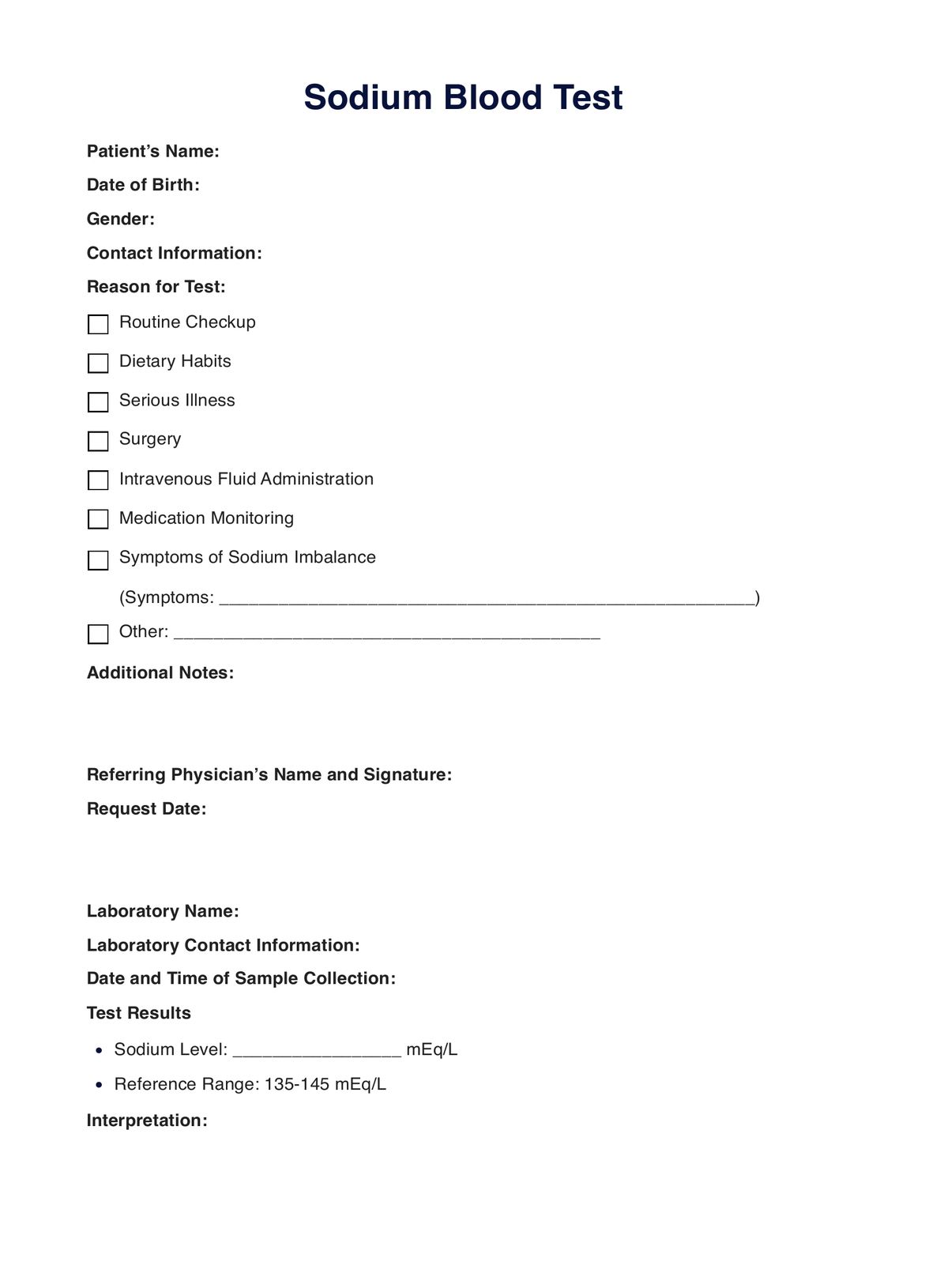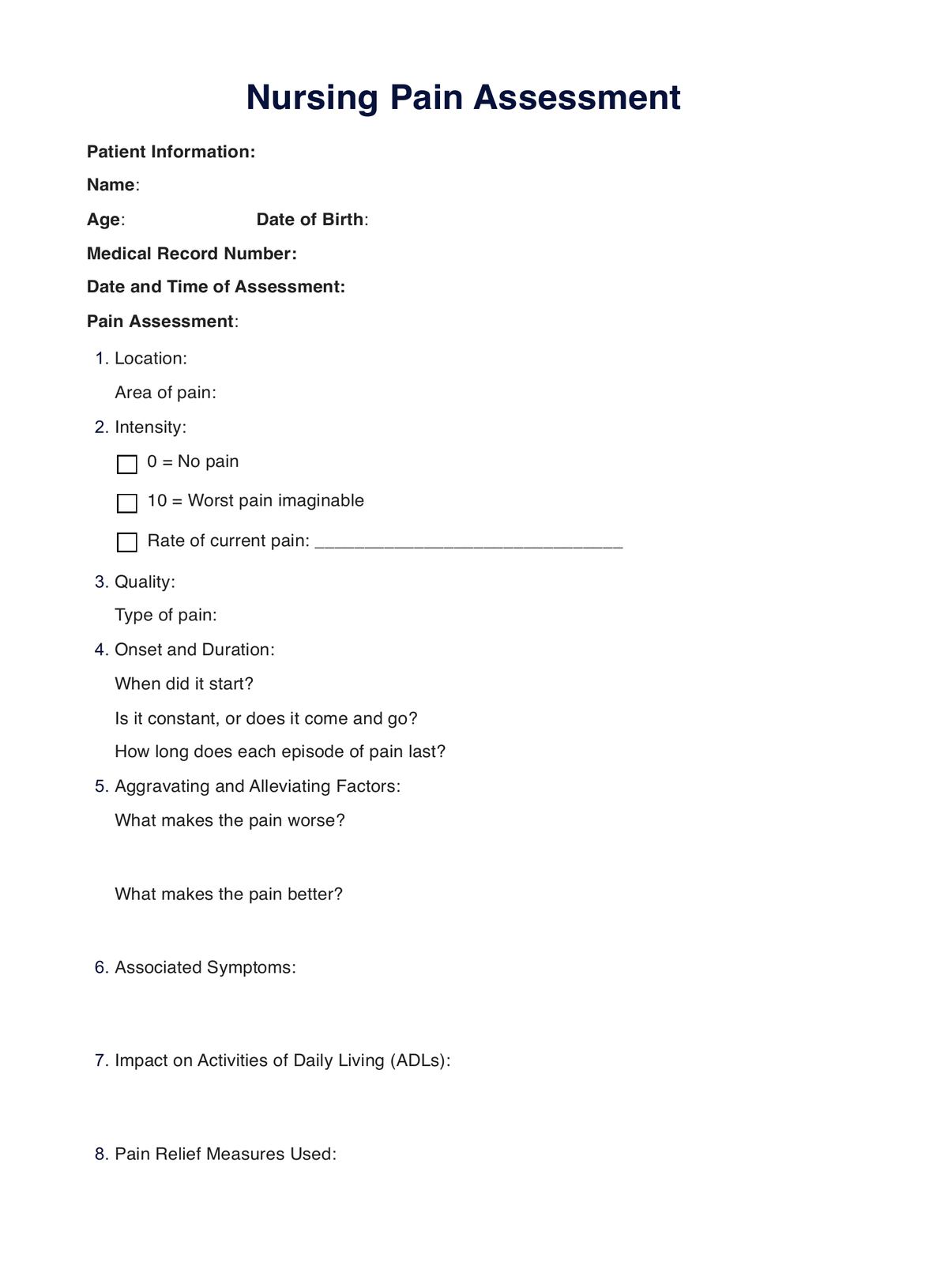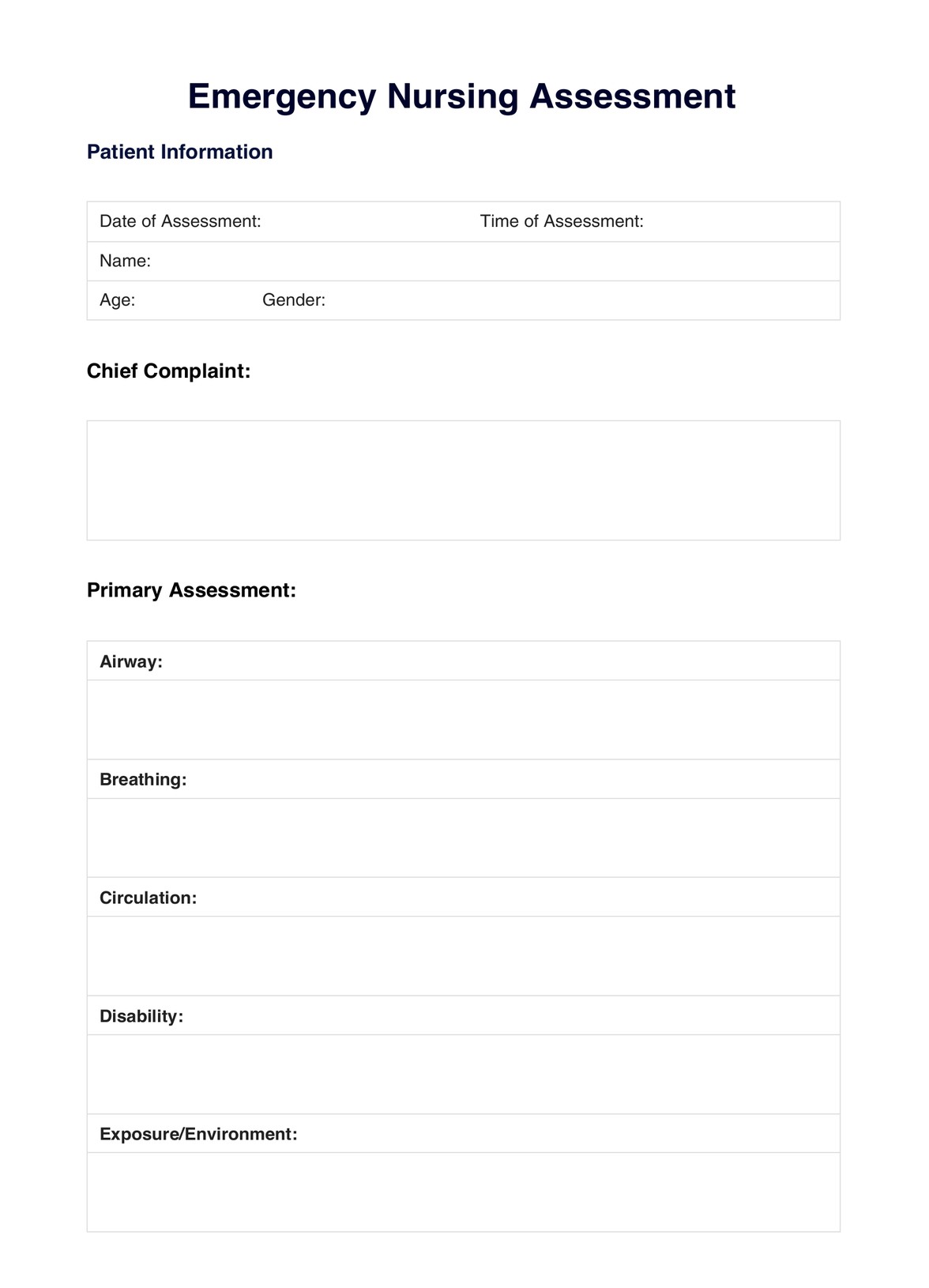Cellulitis Nursing Care Plan Template
Enhance patient care with our Cellulitis Nursing Care Plan template. Improve safety, streamline documentation, and boost outcomes for cellulitis management.


What is a Cellulitis Nursing Care Plan
A Cellulitis Nursing Care Plan is a detailed framework designed to assist you in providing comprehensive care for patients diagnosed with cellulitis. This plan outlines essential components, including patient information, assessment details, nursing interventions, and evaluation criteria. Using this structured approach, you can systematically address each patient's unique needs, ensuring a holistic approach to managing cellulitis and minimizing the various risk factors of complications.
Implementing a Cellulitis Nursing Care Plan allows you to standardize care processes, maintain consistency in treatment, and improve patient outcomes. The plan serves as a communication tool among healthcare professionals, ensuring everyone involved in the patient’s care is aware of the treatment goals and strategies. This comprehensive document supports effective patient management and promotes a proactive approach to infection control and patient education.
Cellulitis Nursing Care Plan Template
Cellulitis Nursing Care Plan Template Example
How to use our Cellulitis Nursing Care Plan template
Our Cellulitis Nursing Care Plan template is a user-friendly tool designed to streamline the documentation process and ensure all aspects of patient care are thoroughly covered. By following these steps, you can effectively utilize the template to enhance patient outcomes and care quality.
Step 1: Download the Template
Click the "Use Template" button to access it through the Carepatron app, or hit the "Download" button for a PDF version.
Step 2: Fill in patient information
Enter the patient's name, age, gender, and other relevant demographic details in the specified fields. This helps maintain a clear record of the patient for whom the care plan is created.
Step 3: Conduct an assessment
Assessing the patient's condition is vital for developing an effective nursing care plan. Use the "Assessment" section of the template to document the patient's current and past medical history, including any underlying health issues or allergies, systemic symptoms, or soft tissue infections that may have led to their condition.
Step 4: Write diagnoses, goals and outcomes
Utilize the designated fields to outline nursing diagnoses, goals, and expected outcomes for the patient, all backed by evidence from your assessment and additional information.
Step 5: Plan Interventions
Based on the identified nursing diagnoses, create a plan of interventions for cellulitis to address each one. This may include measures for seizure control, documenting prescribed antiepileptic medications, and more.
Step 6: Add rationale and evaluation
For each intervention, explain the rationale behind your choices and how they will address the nursing diagnosis. Additionally, any evaluation criteria should be included to monitor the effectiveness of the interventions and adjust them as needed.
Key nursing interventions for cellulitis management
After documenting the patient's initial nursing assessment and condition in the Cellulitis Nursing Care Plan template, the next step is implementing targeted nursing interventions. These interventions are critical to managing cellulitis effectively, promoting healing, and preventing complications. Here are three key interventions to focus on:
Administering antibiotics
Administering antibiotics as prescribed is crucial for effectively managing cellulitis, a bacterial skin infection. Specific oral antibiotic therapy regimens should be based on the severity and type of infection, ensuring coverage for both streptococcal species and methicillin-resistant staph aureus (MRSA). Oral antibiotics play a significant role in treating cellulitis, particularly in outpatient settings, while more severe cases may require intravenous antibiotics.
Ensure that antibiotics are given according to the prescribed schedule and closely monitor the patient for any side effects or signs of an allergic reaction to antibiotic treatment. Administration and careful monitoring help control the spread of infection and support healing.
Wound care
Proper wound care is vital for preventing further infection and promoting healing. Clean the affected area with a sterile saline solution and apply appropriate dressings to maintain a moist, protective environment around the wound. Monitor the wound for changes, such as increased redness, warmth, or discharge, which could indicate worsening infection.
Regular wound care and assessments help ensure optimal healing conditions and prevent complications like skin infections, abscess formation, or spreading disease.
Patient education
Educating the patient and their family is key to effective cellulitis management. Provide clear instructions on wound care, signs of infection progression, antibiotic therapy, and the importance of completing the full course of antibiotics. Encourage good hygiene practices and advise on preventive measures to avoid future infections, such as protecting the skin from injuries and moisturizing.
Empowering patients with knowledge enables them to actively participate in their care and recovery, which can help prevent cellulitis recurrence.
Benefits of using our template
Using our Cellulitis Nursing Care Plan template in your practice offers several significant benefits that can enhance patient care and streamline your workflow. Here's how our template can support you:
Improves patient safety and outcomes
Our template provides a structured approach to documenting and managing cellulitis, ensuring that every aspect of the patient's care is addressed. This consistency reduces the risk of missed steps or errors, enhancing patient safety and improving health outcomes. By following a standardized plan, the healthcare provider can ensure that all interventions are performed correctly and timely.
Enhances communication among healthcare team members
A standardized care plan template helps improve communication among the healthcare team by providing a clear, concise format for documenting patient care. This ensures that all team members are informed about the patient's condition, treatment plan, and progress, facilitating better coordination and continuity of care. Clear documentation also supports decision-making and can be used to educate patients and their families about their care.
Saves time and increases efficiency
The template is designed to streamline the documentation process, allowing you to focus more on direct patient care rather than administrative tasks. A pre-structured format lets you quickly fill in the necessary information, update care plans, and assess patient progress. This efficiency is particularly valuable in busy healthcare settings, where time management is crucial for delivering high-quality care.
Commonly asked questions
The nursing care plan for cellulitis patients typically includes assessing the affected area, monitoring vital signs, and ensuring proper skin hygiene. Nurses should educate patients about the importance of keeping the area clean and dry and adhering to prescribed antibiotic treatments. Pain management, elevation of the affected limb, and regular follow-up appointments are also crucial components to prevent complications and promote healing.
Care management of cellulitis involves a multifaceted approach, including prompt diagnosis and initiation of appropriate antibiotic therapy. Patients should be educated on recognizing signs of worsening infection and the importance of compliance with treatment plans. Regular monitoring of the infection's progression, managing comorbid conditions, and ensuring follow-up care are vital to prevent recurrence and complications.
Assessment findings for cellulitis typically include localized redness, swelling, warmth, and tenderness in the affected area. Patients may present with systemic symptoms such as fever, chills, and malaise. In some cases, there may be the presence of lymphangitis or lymphadenopathy. A thorough assessment helps differentiate cellulitis from other skin infections and guides appropriate treatment.
Templates are typically created by healthcare professionals, including nurses, doctors, and other allied health professionals. These templates are based on best practices and clinical guidelines for managing cellulitis.


